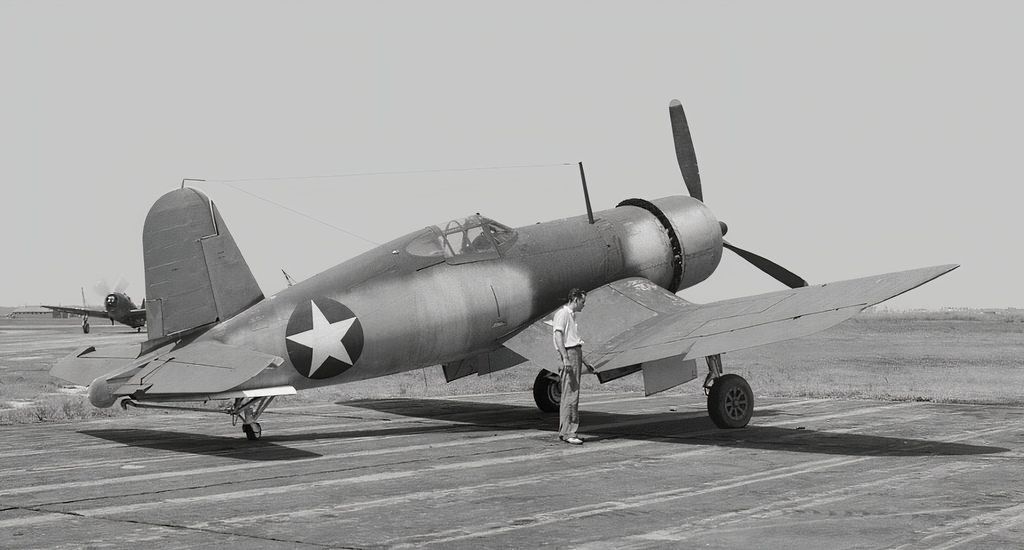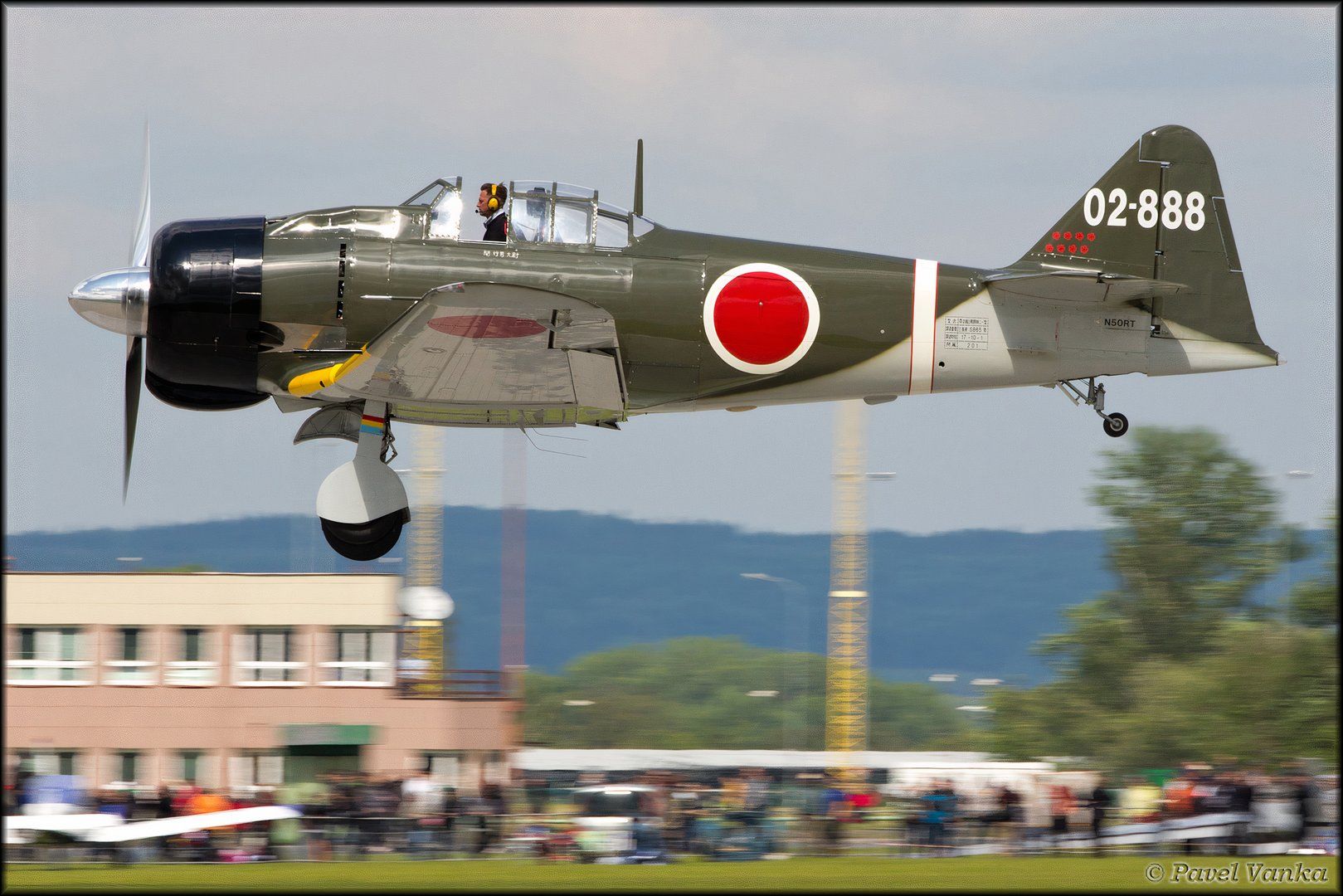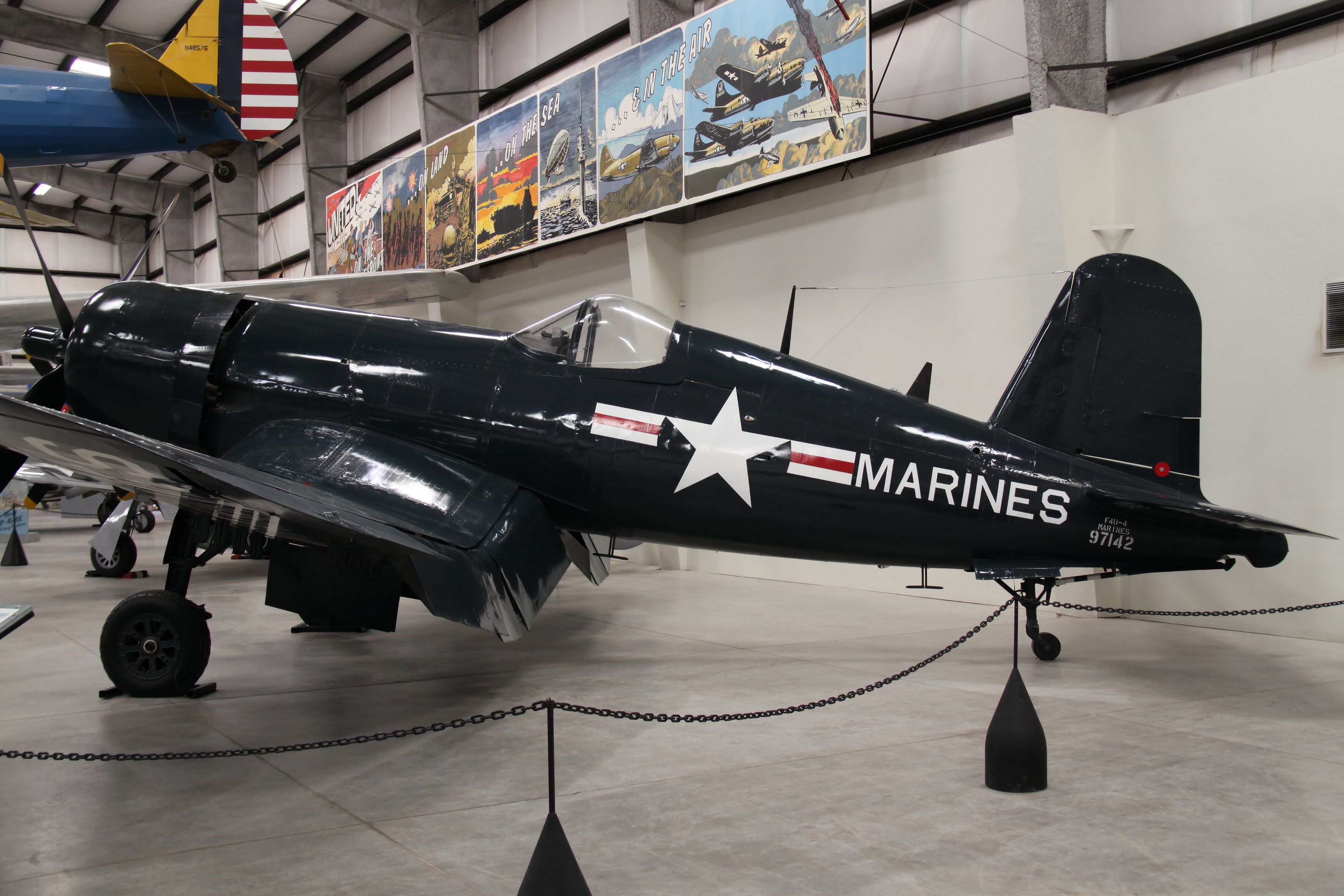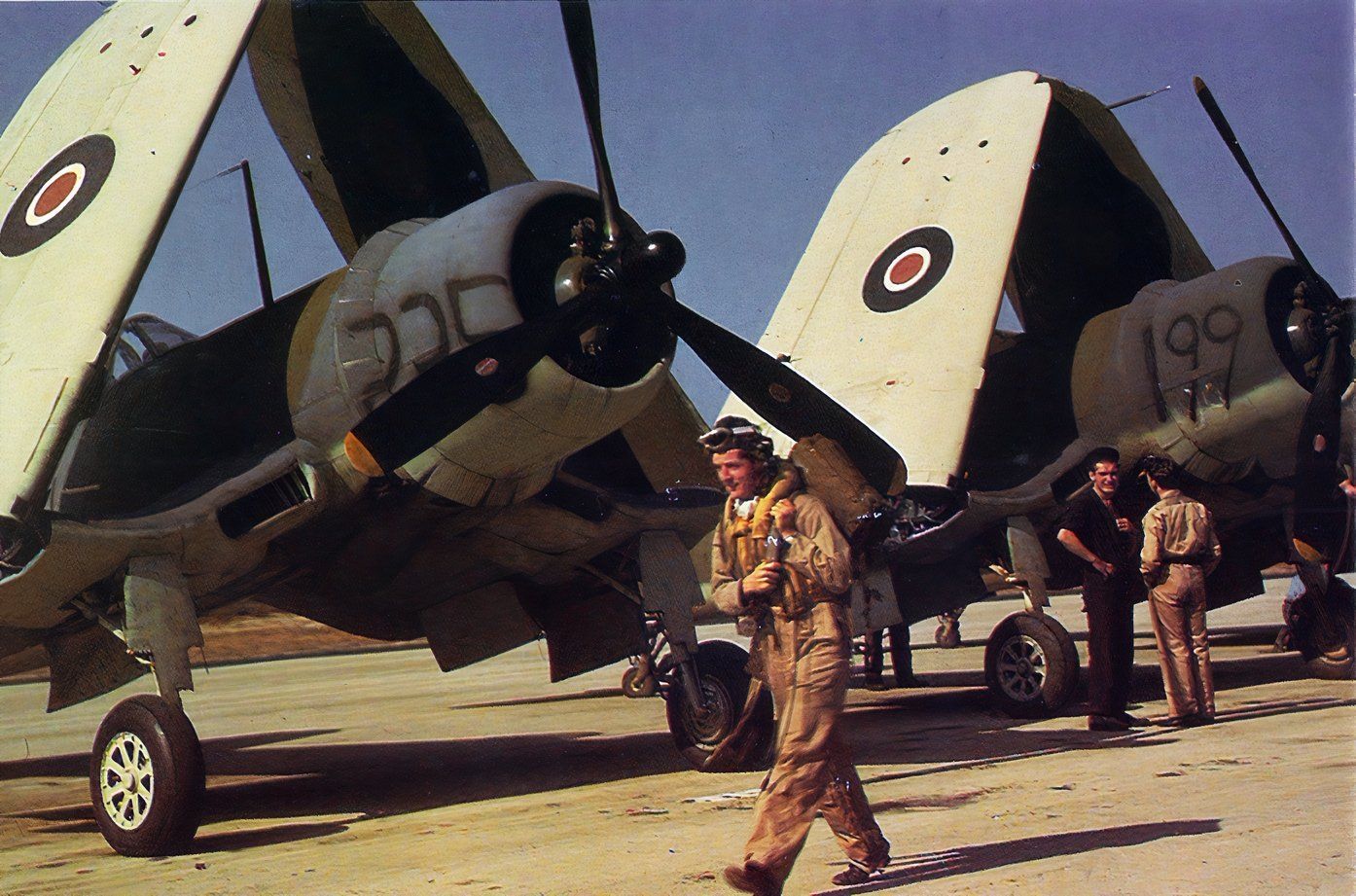Summary
- The F4U Corsair was difficult to fly on aircraft carriers due to visibility issues and engine torque.
- The USMC adopted the F4U Corsair after the Navy’s carriers were not ready, leading to successful operations.
- The British Royal Navy modified the F4U Corsair for carrier use and deployed it in important Pacific operations before the war’s end.
Initially designed to be an aircraft carrier-based fighter bomber, the Chance-Vought F4U Corsair is, in the minds of most Americans, the hero of the Pacific Theater during World War Two. The United States Navy (USN) received its first F4U Corsair on July 31, 1942, seven months after the United States entered the war following the surprise attack on Pearl Harbor by the Imperial Japanese Navy Air Service on December 7, 1941.
Despite the need to get the plane into service as fast as possible, the plane’s birdcage canopy and long nose made it difficult to see straight ahead. Because of this, taxiing on the flight deck of an aircraft carrier was almost impossible. The torque produced by the aircraft’s massive 18-cylinder Pratt & Whitney R-2800 Double Wasp radial engine made it difficult for all but the most experienced pilots.
The Corsair was difficult to fly
Some pilots called the Chance-Vought F4U Corsair the “Ensign Eliminator” or “bent-wing widow maker.” Incidentally, the only other aircraft with a bent wing to serve in WWII was the Junkers Ju 87 “Stuka”
dive bomber. During carrier trials and training aboard the USS Wolverine, USS Core, and USS Charger, the Navy found that it was easy to land on a carrier despite the problematic forward visibility and skill needed to handle the plane.
At the same time as the Chance-Vought F4U Corsair was undergoing trials, the Navy already had the Grumman F6F Hellcat. While it did not have the power of the F4U Corsair, it was better suited for deck handling. While the Navy tried to sort out the issues with the F4U Corsair, they approved the plane for land-based operations.
The USMC wanted a better-performing plane than the F4F Wildcat
At the time, the United States Marine Corps (USMC) used the Grumman F4F Wildcat. Desperate for a better-performing aircraft, it readily adopted the F4U Corsair. Following the loss of the USS Lexington during the May 1942 Battle of the Coral Sea and the loss of the USS Yorktown during the June 1942 Battle of Midway, the USN decided not to adopt the F4U Corsair until new carriers were ready to enter service. This meant that all F4U Corsairs built for the Navy could now be given to the USMC.
The Chance-Vought F4U Corsair and Guadalcanal
In August 1942, Allied forces led primarily by US Marines landed on Guadalcanal to capture an airfield built by the Japanese to help expand their presence in the South Pacific. The Americans quickly took the airfield and named it Henderson Field in honor of United States Marine Corps Major Lofton Henderson, who was killed during the Battle of Midway.
On February 12, 1943, a dozen USMC F4U-1s of VMF-124 arrived at Henderson Field. Two days later, they entered combat, escorting a formation of Consolidated B-24 Liberators on a raid against a Japanese airfield at Kahili, Papua New Guinea. The Japanese scrambled Zero fighter aircraft to engage the Americans and got the better of the battle, shooting down four P-38s, two P-40s, two Corsairs, and two Liberators.
Despite losing two Corsairs, the Marine pilots learned how to make the most of the Corsairs’ abilities and soon gained the upper hand in dogfights. In all air combat, altitude was the key, and the F4U Corsair was better than the Zero in everything other than slow speed maneuvering and rate of climb.
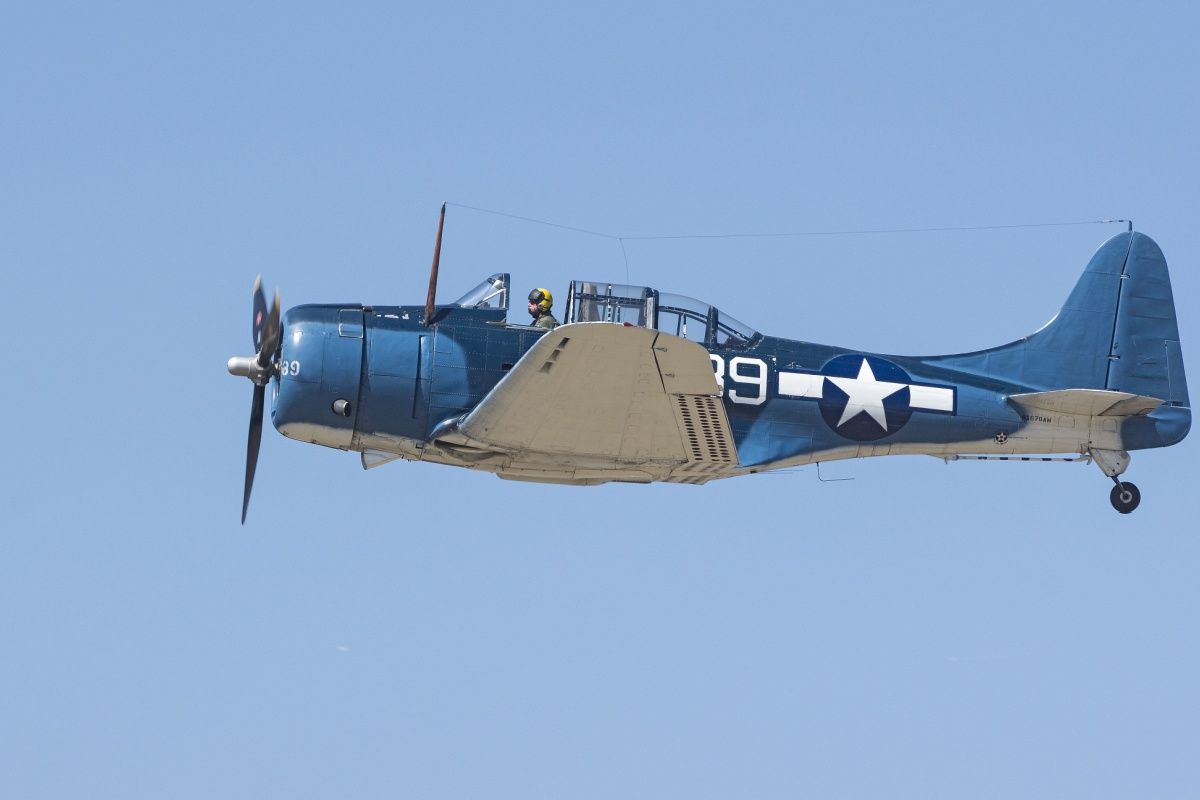
Related
5 Famous WWII Aircraft Carriers And Their Planes
Aircraft carriers and their planes helped shape World War II’s Pacific and Atlantic wars.
On April 7, 1943, radar picked up a large formation of Japanese aircraft headed towards the Russells, two small islands located 30 miles northwest of Guadalcanal. In response, the Americans launched aircraft to intercept, and by the time the battle was over, 39 Japanese aircraft had been shot down.
In May 1943, Second Lieutenant Kenneth A. Walsh took his tally to six kills after shooting down three Mitsubishi A6M Zeros. By learning how to defeat the Zero in aerial combat, the previously feared Japanese plane was no longer superior to Navy and Marine aircraft.
The Solomon Islands Slot
In 1943, Major Gregory Boyington was sent to the Solomon Islands and served for a brief period as a staff officer before being given command of VMF-122 Squadron. It was called the “Black Sheep” Squadron because it comprised pilots who had arrived in the South Pacific as replacements.
Based in the Russels, they soon racked up an impressive number of kills, shooting down or destroying over 200 Japanese aircraft over 84 days. Most of the kills occurred in the New Georgia Sound, which Allied combatants called “The Slot” due to its shape and the number of ships that traversed it.
The Black Sheep’s commander, Major Boyington, was shot down on January 3, 1944, while leading a raid on Rabaul, Papua New Guinea. Boyington survived but was captured by the Japanese, spending the rest of the war as a POW. For his 22 victories and six while flying for the American Volunteer Group, Marine Major Gregory “Pappy” Boyington was awarded the Medal of Honor.
The British Royal Navy and the F4U Corsair
While the USMC was proving what a suitable aircraft the F4U Corsair was, the USN was still reluctant to deploy it on aircraft carriers and restricted it to airfields. The British Royal Navy had the Hawker Sea Hurricane and the Supermarine Seafire, but both planes needed more range to operate far from the carrier group.
They knew about the F4U Corsair and purchased planes for the Royal Navy. After modifying the canopy and wings, the plane could operate from aircraft carriers. The British also towed or pushed their Corsairs on the flight deck, eliminating the need for taxiing.
After being involved in the sinking of the German battleship Terpitz, the British deployed the Corsair to the Pacific, attacking Japanese targets in the Dutch East Indies. Operating from HMS Victorious and HMS Formidable Corsairs, they participated in several raids on the Japanese mainland near Tokyo.
In August 1945, just before the end of the war, Corsairs attacked Shiogama harbor. One of the pilots, Canadian volunteer Lieutenant Robert Hampton Gray, was hit by flak but continued his mission, dropping a 1,000lb bomb on the Japanese destroyer escort Amakusa before crashing into the sea. The bomb scored a direct hit, sinking the ship. For his heroism, he was posthumously awarded Canada’s last Victoria Cross and was the last Canadian soldier to die in the war.
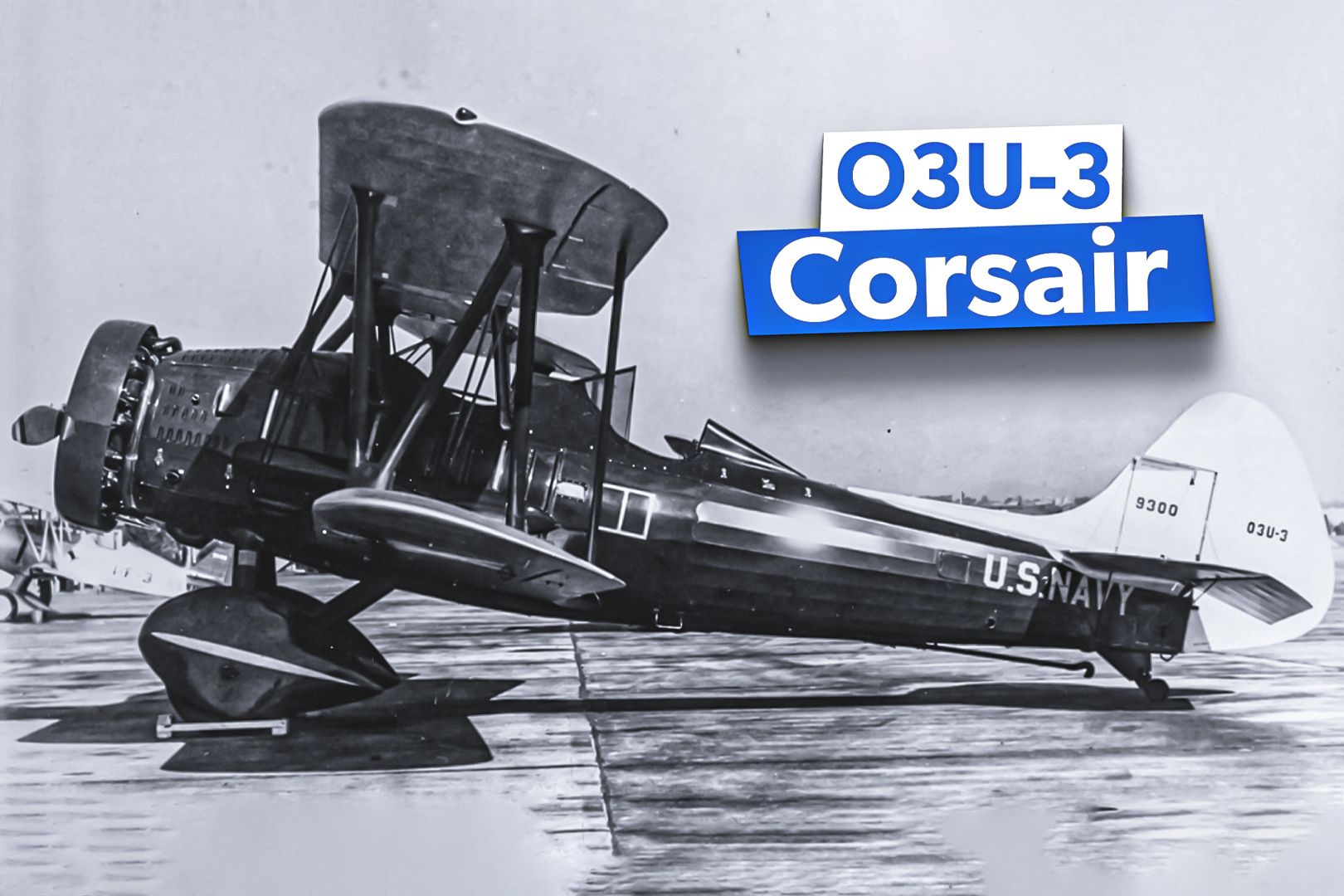
Related
Forgotten WW2 Plane: The US Navy’s Vought O2U/O3U-3 Corsair
Many history buffs remember the Vought F4U Corsair and LTV A-7 Corsair II, but what about the Vought O3U-3 Corsair?

